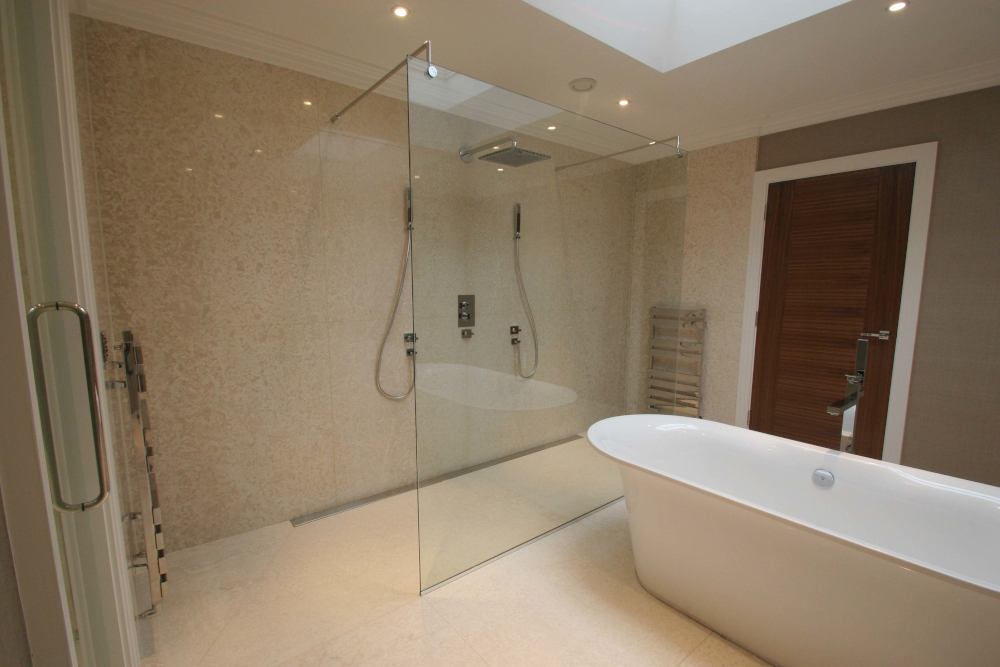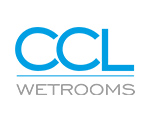
As we’re all environmentally conscious – or trying to be – the bathroom is one place where energy and water can be saved.
We’ve collected some of the best tips that will not only benefit the planet but reduce the annual bills you pay too.
Share Your Bathwater
Once you’ve had your 20-minute soak, there’s plenty of other uses for the greywater left. Why not use some of it to water the garden on a hot day, or even to pre-soak any stained clothing before it goes in the wash?
If you have a lot of houseplants, then leaving a few inches of grey water at the bottom of the bath can be used to bottom water your plants. Bottom watering is often healthier for many plants and is a skilful use of any spare greywater. Just make sure your pots have drainage holes, place the plants in the water, and they will absorb what they need.
Switch to an Aerated Shower Head
For those who enjoy powerful showers, it can be hard to switch back to a simpler showerhead that doesn’t offer the same amount of pressure. An aerated shower head, however, is an eco-friendly switch that doesn’t compromise on shower experience.
Aerated showerheads inject air into the water flow, which makes the overall flow feel high pressure. In reality, however, you are saving up to 50% water usage with one simple switch.
For those who don’t have the budget to upgrade their entire water system, but want a better shower experience, aerated showerheads are around £200. This is much cheaper than replacing a whole bathroom or wetroom.
Regularly Descale or Invest in A Soft Water System
If you live in a hard water area, limescale build-up will affect your water flow and can, in extreme cases, block your water pipes. Because of this, regularly descaling is an important task.
To descale your shower head, unscrew it and place it in a descaling solution or in vinegar and bicarbonate of soda. Leave it to sit for up to 10 minutes and then rinse.
A long-term solution is to fit a soft water system into your house. This not only improves the water but will also reduce the amount of shampoo and soap you need, as lather forms much quicker in soft water. A soft water system has numerous other long-term benefits but is a more expensive and invasive option in the short term.
Switch Bulbs to LEDs
Having an LED system in your bathroom can not only create a more soothing environment for your wetroom but can also improve the energy efficiency of the room by up to 80%.
As LEDs come in a variety of colours and styles, you can personalise your wetroom infinitely. Some LEDs can also be controlled through remote controls, making them even more energy efficient.
Fix Any Leaks
Leaky taps and showerheads will waste water if left unchecked. It’s, therefore, best to repair leaks as soon as you notice them. While a small drip may not seem like much, over time the water wastage adds up and becomes hard to manage.
Take Shorter Showers
While there are occasions when a long, hot shower is needed, making your regular showers even a minute shorter will slowly see savings add up.
You can try playing a song and finishing in the shower before the song is up or being as efficient as possible with your time by leaving in conditioner while washing your body, for example.
How much water does a 20-minute shower use?
A high-pressure shower will use 227 litres or 50 gallons in 20 minutes. At a by-minute rate, this is 2.5 gallons per minute.
Why a Wetroom is a Good Choice for Water and Energy Saving
Wetrooms, as they have no bath, are naturally more water-efficient. According to Building Regulations Part G Section 17K, the recommended maximum water usage per person is 125 litres a day in new dwellings. Having a wetroom installed over a bathroom reduces the initial usage, as long as a variable flow rate shower is used.
Why not speak to the experts at CCL Wetrooms about more energy-efficient measures you can install in your wetroom?









